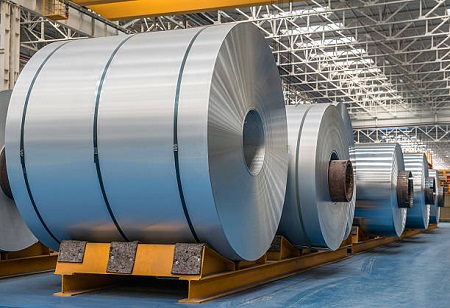
The world's largest steel producer by volume, China Baowu, and Rio Tinto have signed a memorandum of understanding (MoU) to work on projects that would allow lower grade ore to be used in the production of low-carbon steel, the miner announced on Monday.
The demonstration projects include constructing a pilot-scale Direct Reduced Iron (DRI) steelmaking facility using low and medium grade ores at one of Baowu's steel plants in China.
"This MoU aims to address one of the biggest challenges faced by the industry - developing a low-carbon pathway for low-to-medium grade iron ores, which account for the vast majority of the global iron ore supply," Rio Tinto Chief Commercial Officer Alf Barrios said in a statement.
The largest stakeholder in Rio is China's Chalco, and China also accounts for the majority of Rio's iron ore sales.
Generally, lower quality ores cannot be used in DRI since more rock must be processed to generate the same amount of ore, which can already result in higher emissions.
Unlike conventional blast furnaces, DRI can run on natural gas instead of more carbon-intensive coal, which should help allay investor and shareholder concerns about the steel and mining industries' contribution to global warming.
According to the World Steel Association, up to 9% of world emissions are produced by the steel industry.
In a statement released on Monday, the firms stated that they will work to advance the pelletization of Australian ores and investigate the manufacture of low-carbon iron in Western Australia because DRI needs feedstock in pellet form.
Rio and Baowu announced last year that they will contribute $2 billion to a project in Western Australia's Pilbara area.
Together, they are also developing Baowu's HyCROF technology to reduce carbon dioxide emissions from the blast furnace process and the Simandou iron ore mine in Guinea.

